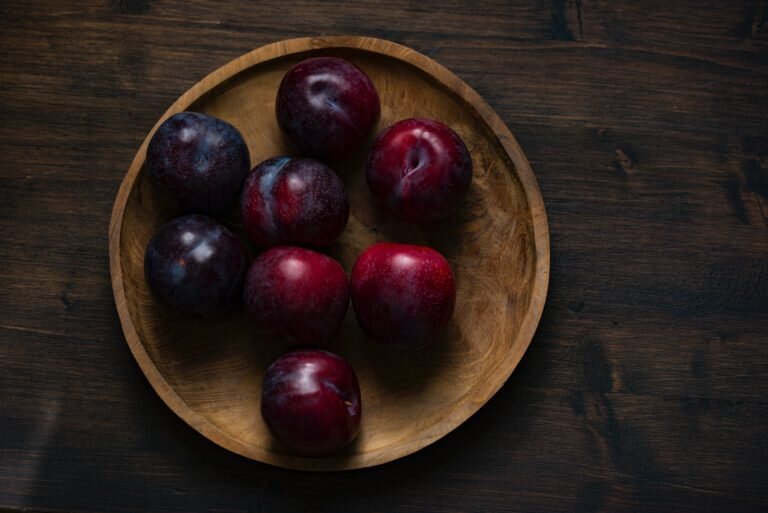Eating your way through the seasons
We live selfishly until we strive to live more sustainably. Living more sustainably means reducing the negative effects our actions have on future generations.
There are numerous ways we can begin to live more sustainably, but I believe that adapting our food choices is a great way to start.
Of course, there are several ways to do this: reducing food waste, purchasing food with less packaging and eating locally, are just a few of the examples.
However, one of the simplest things you can do to be more sustainable, whilst also benefiting yourself, is begin to eat locally grown, seasonal food.
Eating seasonally means eating foods that are being grown at the same time as you’re eating them. It is an extremely simple concept, and one that generations before us used to live by. The reason a lot of us don’t do it today is because we don’t have to - our supermarkets now stock most food all year round.

Take strawberries for example. They are grown in the UK over the summer months between May and September; if we have a sudden urge to make strawberry jam in January, we probably could. We’d just be making the jam with strawberries shipped from the USA.
So, what are some of the benefits of sticking to strawberries that are grown in the UK, between May and September?
- Reduced environmental impact; the distance they have had to travel to reach you is shorter.
- They are fresher and therefore better for you – the time between them being harvested and them being on your plate is shorter. This means that they are not only likely to be more nutrient dense (some nutrients deplete over time), but are also less likely to have been treated with fertilisers and preservatives. As well as this, produce contains vitamins relevant to the season they’re grown in, and therefore, by eating seasonal produce we are helping to give our bodies what they need at that time of the year.
- They’re usually cheaper! When produce is in season, there’s lots of it so the price isn’t as high… and if it’s local, transportation and storage costs are less too.
- They taste better - fruit and veg grown naturally that hasn’t been artificially ripened, or chilled for long periods of time is always tastier.
So, what is in season now?
The clocks have been turned back and the days are getting shorter. The salads are being swapped for soup, and coats are making their comeback. Autumn is very much upon us, and before we know it, 2020 will be drawing to a close.
The good thing is, is that we have two months of big, bold, warm, seasonal flavours ahead of us.
Think apples, cranberries, figs, pears, beetroot, Brussels sprouts, leeks, kale, potatoes, shallots, mushrooms…and that’s not all! Eating a seasonal diet is not restrictive, the opportunities are endless.
All it takes is for you to make the choice to shop seasonally. One easy way to put yourself on the right track is by checking where produce is grown - if it’s grown in the UK, that’s usually a good indication that you’re going to be eating a fresher diet, better for you, for UK farmers AND the planet!
Want easy seasonal recipes to follow every week that will give you sustainable health and weight loss? Check out The Meal Plan Club where women join all over the world!
This article was written by Kirstin Barney a food writer in London.